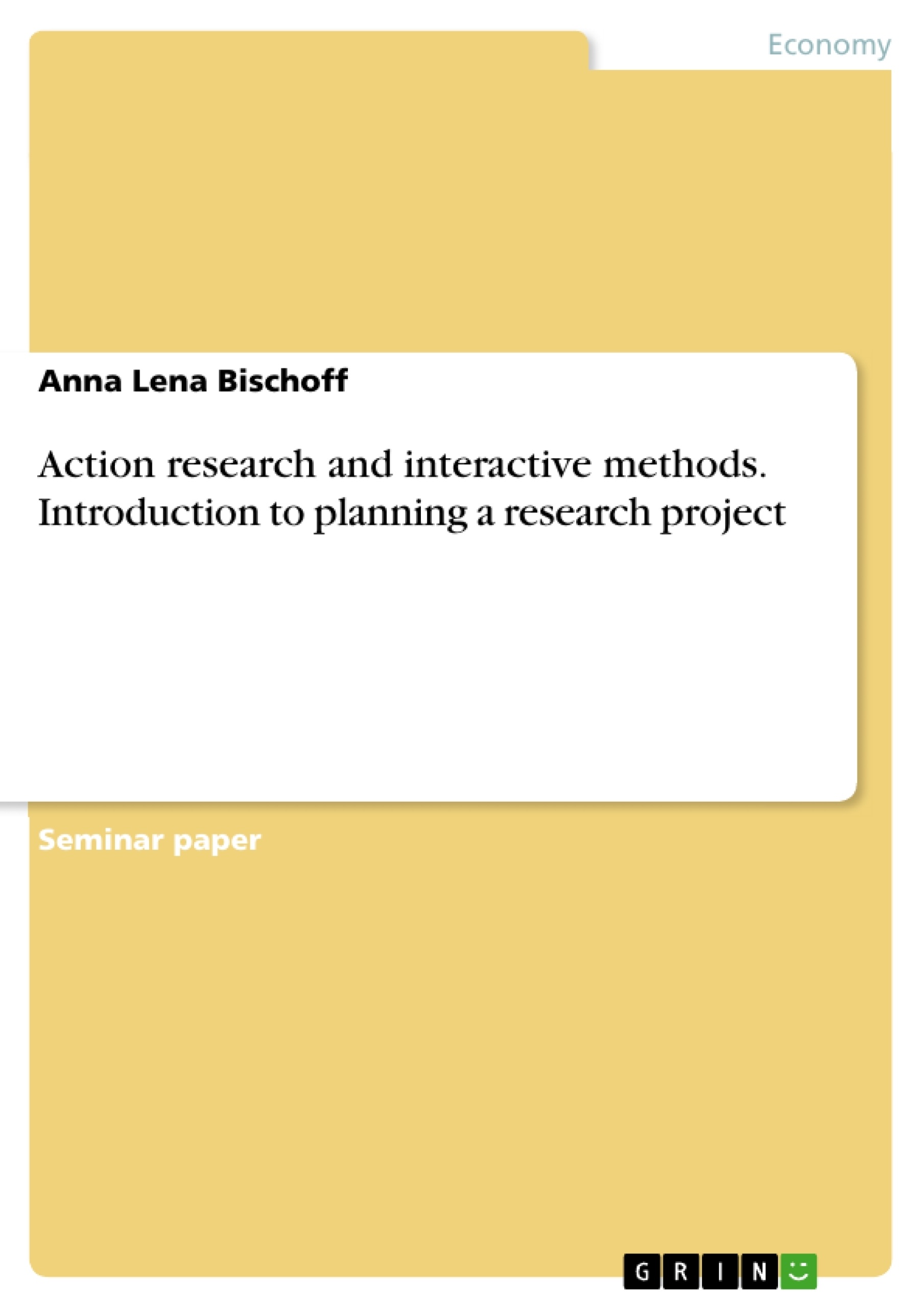Excerpt
Table of Content
Table of Figures
1. Background
2. Preparatory Work
3. Project Planning Stage
4. Methods
4.1. Brainstorm and Mind mapping
4.2. Secondary research; literature
4.3. Ethnography
4.4. Interviews
5. Energy ethics and behavior aspects
6. Conclusion
7. References
7.1. Books
1.1. Webpages
Table of Figures
Figure 1: The stakeholders of the case company
Figure 2: the project divided into 3 phases
Figure 3: project plan
Figure 4: Reserach question and objectives
1. Background
With a larger awareness of the climate change -global warming and increasing electricity prices, energy efficiency measurements in the industry have become more common. The European Parliament passed the Energy Efficiency Directive, forcing member states to reduce emissions by 40% by 2030 (Neslen, A., The Guardian, 2015). While sustainability and environmental consideration becoming more and more of a hot topic all around the world, most companies implement the sustainable perspective on their corporate strategies with individual environmental departments.
New energy reduction goals from the case company’s headquarter in Brussels, Belgium were given to the case company and its sister companies in 2013. They have recently implemented an innovative behavior change strategy to improve energy efficiency on their entire production proces. The company is willing to refine and replicate this strategy to its sister companies and group of students from LNU together with the case company in Braås the project work will focus on electricity efficiency and everyday behavior at the factory.
2. Preparatory Work
In order to use methods to get a successful result, time planning and researching the energy topic is the most important preparatory work that needs to be done. By discussing the priorities, the possible methods that will be used in the following process, the team is able to schedule their activities. For instance, researching the topic is going to take many hours so using time efficiently is important from the beginning. Literature review will be included during the whole project but it is reasonable to take more time in the beginning for it. A timeline will give the group a good overview and provide the client, with a better understanding on what will be delivered as well as milestone events.
Each Friday the group plans to make a wrap up-list of what has been done during the week and what will be needed the following week. The conclusions are necessary to get prepared for tutoring on Mondays with the lecturers.
3. Project Planning Stage
The classic problem-solving cycle on a project, stated as ‘regulative cycle’ by Van Strien (1997) has five basic steps: Problem definition, analysis and diagnosis, plan of action, intervention and evaluation. Adopting the regulative cycle to the project, the problem definition contains the definition of organization and their energy optimization process. Analysis and diagnosis contains analyzing the energy optimization process in more detail. Examining what the case company has gone through and define the methods they have used during implementation.
Project work started with a brief from the case company. The first step after receiving the brief was to understand the details of the project. The group members aimed at making a clear definition of the company and the project to reach common objectives and eliminate conflicts. For the project plan, it is significant to outline some limitations: Limited resources and time and clearly stated objectives (Kans, 2016). To do that, the group started with defining the elements of the project: 1; establishments, groups, persons involved, defining the people involved to the project transformed to a ‘stakeholder map’ shown in Figure 1, 2; time, 3; cost, 4; goals/ objectives.
illustration not visible in this excerpt
Figure 1: The stakeholders of the case company
The Stakeholder map was helpful to visualize the degree of involvement (internal, external) of the stakeholders influencing the case company. It became clear that there are three groups of main stakeholders related to the project (grey bubble) and further stakeholders that impact the case company from the outside or that it is influencing itself. The map can be a guideline to plan engagements with the stakeholders.
The second step of planning, is working out on a timetable, detailing the stages of the project, including literature reviews and report deadlines (Bryman & Bell 2011). The group constructed a rough timetable, including deadlines and another one for tracking specific tasks in the group. The timetable is divided in three different grayscales to separate the different project stages and steps within the project as described in Figure 2.
illustration not visible in this excerpt
Figure 2: the project divided into 3 phases
illustration not visible in this excerpt
Figure 3: project plan
These different planning -maps have been discussed with the client and will be updated on a rolling basis.
[...]
- Quote paper
- Anna Lena Bischoff (Author), 2016, Action research and interactive methods. Introduction to planning a research project, Munich, GRIN Verlag, https://www.grin.com/document/336655
Publish now - it's free






















Comments